Disclaimer: This article is solely of the opinion of the author and does not reflect the collective thoughts and opinions of The Magic Rain and its members.
When was the first time you saw yourself represented in fictional media? Think about this answer for awhile. It doesn’t have to be an actor in real life. It could be a character from a book or a comic, perhaps even an anime or video game. Did you manage to think of anybody? If you did, that’s great! And if you didn’t, welcome to the issue at hand.
With such an abundance of media and so many different types of characters out there, it’s hard to believe that there are still people who couldn’t answer my first question. Yet, it is also not impossible to imagine why. It is sad to say that media has always been biased one way or another, and the Anime, Comics, and Gaming (ACG) industry is no exception to that. Character designs these days have reduced to nothing but copies of one another, while categories or genres have become increasingly narrowed and bogged down by stereotypes.
In fact, it has reached a point where character archetypes and genres are so intertwined that it is difficult to imagine diversity within certain genres. The term “Shoujo” for example, by definition means stories catering primarily to young females, but in recent years has become synonymous with “Young Romance”. Take that one step further and it narrows down further to “romance between boys and girls” , “romance taking place in a school”, and even down to a typology of characters you’d usually see in this genre (e.g. the childhood friend, tomboy friend, girly friend, etc.)
On one hand, these sorts of categories are useful because it makes information far quicker to digest. One word like “Shoujo” is enough to give you a snapshot of the entire story’s premise. But on the other hand, it also highlights a problem within the industry today. Have we become so restricted by the “definitions” of genres that we aren’t willing to step out of the box? What kind of implications does this lack of diversity have on our viewer base?
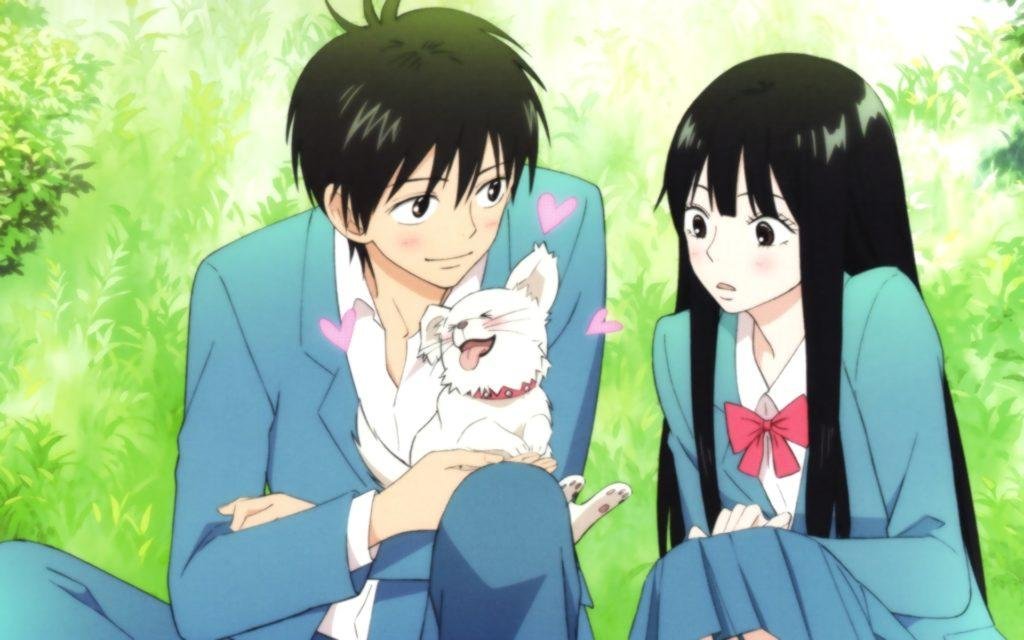
Here’s the bad news.
Media representation matters more than you think, especially in the ACG industry which has such a strong and passionate following. Some may argue that “it’s just fictional” and “real life is different”, but the effects of it run far deeper than that. Take a simple example: Why are young girls and boys brought up on different toys? Who decreed that certain play things should be considered feminine and others considered masculine? Think about that for a moment.
In truth, many things only appear a certain way to you because they’ve always been presented that way. Things like dolls become a “normal girl toy” only because the companies that manufacture the toys and the media that portrays them continue to perpetuate that mindset. That’s how advertising works so well! Repeat something enough times and eventually, message will become truth, sometimes on a conscious level but mostly unconsciously.
Here’s an everyday life example. Imagine, one of your friends could become known to you as “the friend who always shares their problems on social media”. It’s not like you had this opinion of them since the moment you met them, but every single time that friend decided to rant on social media, this perception in your head solidified itself even more. Until one day, you just find yourself thinking, “Oh yeah, that person is always like that.”
The same applies to ACG productions. For instance, when a male character is put into the role of a hero and a female character is cast as the damsel in distress, that sends out a subtle message of where each gender belongs. Similarly, if gay characters are always portrayed as effeminate, the same perception will translate to reality eventually. A study published by Communication Research highlights the consequence of such representation in media, showing that negative portrayals of a certain race in media resulted in lower self-esteem later in life, and vice versa.
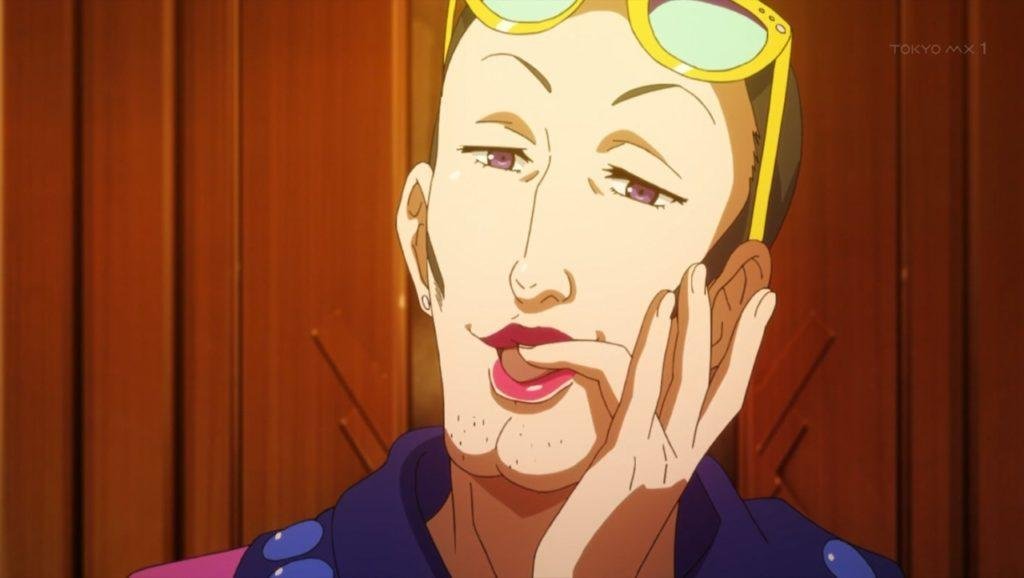
Here’s the worse news.
Unfortunately, the ACG industry isn’t doing very much to help combat this problem. While Western productions are making slight progress, Japanese manga, anime and even the gaming industry as a whole are still stuck waist high in repetitive and unhealthy portrayals of character archetypes.
To illustrate my point, I could easily name 30 anime that feature an extremely plain male protagonist who miraculously has a harem of girls besotted with him. In fact, I could name another 20 more if they were obsessed with him to the point of being scary. As for video games, the ratio of female to male protagonists is shocking in certain categories. This isn’t even getting into the representation of LGBTQ and other minority figures. We would be looking at numbers lower than 1%.
Now here is my burning question: why aren’t we diversifying? It seems ridiculous to me that character designers find it difficult to venture beyond the available stereotypes when there are so many possible combinations of characteristics to choose from. Instead, they would rather show us the same distressed Caucasian father figure another half a dozen times (read: The Last Of Us, The Evil Within, Heavy Rain… need I go on?), and worst of all, the audience will still eat it up.
Where does the problem stem from then? The creators who are unwilling to step outside of the box? Or the audience who is too comfortable sitting inside of it?
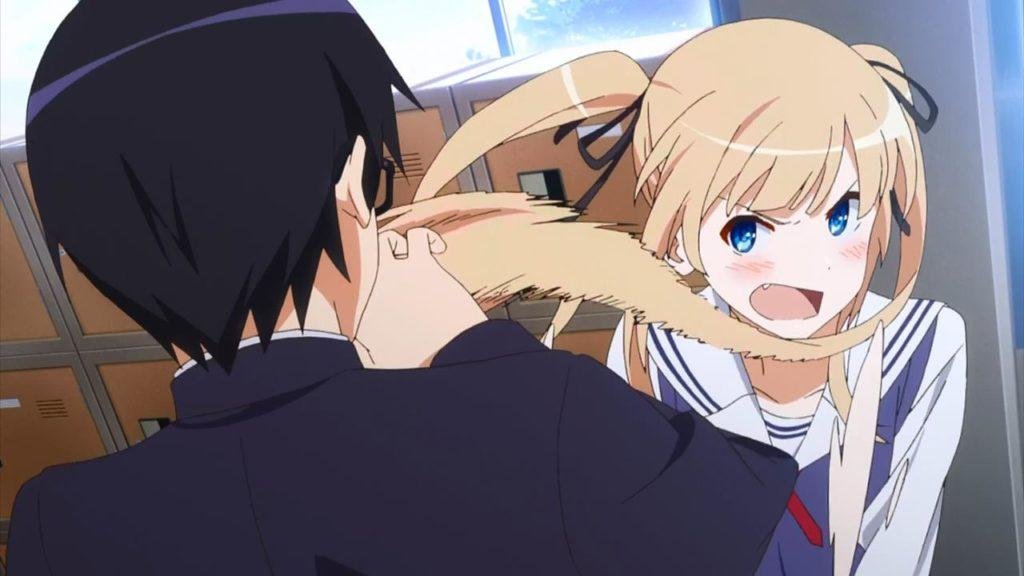
Finally, some good news.
Thankfully, there is some progress towards better representation from the production side. More and more ACG production companies are willing to work outside of the box, creating unique and endearing characters that don’t subscribe to existing stereotypes. Max from Life Is Strange, for example, is bisexual; Tracer, the poster girl for Overwatch, is lesbian; Mikasa Ackerman from Shingeki no Kyojin has proven that she don’t need no man; Black Panther is about to become the first black superhero to take a leading role in the Marvel Cinematic Universe, and the list goes on.
However, we haven’t yet hit critical mass that we’re able to assimilate minorities into media without seeming like we’re taking advantage of tokenism. In fact, a lot of production companies are hesitant to take that leap for fear that they’ll instead be shamed for attempting to “make money” out of a minority lead character. After all, it’s not the first time their intentions would have been misconstrued, especially when so many in the ACG community are still intent on fetishising minority figures, as I discussed in an earlier article.
In this case, I think it’s an issue of balancing both quantity and quality. On one side, we should be advocating for representation any chance that we can get. More minority and non-traditional characters in the spotlight means more chances for us to mitigate some of the terrible consequences of unequal representation. On the other side, we also have to raise our own standards for the roles that characters are given. It’s not enough for them to have a role in the show, they also deserve to be represented in a good light, at least as equally as their mainstream counterparts.
But most importantly, as a community, we have to band together and show our support for the creators in the ACG industry. There is no point if production companies put in the effort to create diverse and complex characters and stories, when their fans are hell bent on reducing them to the simplest denominators, what more bullying them into submission.
Trust me, if all that we’re capable of is hate and close mindedness, we’re never going to see a brighter future in this industry. We have to be better than this. Now, what are you going to do about it?
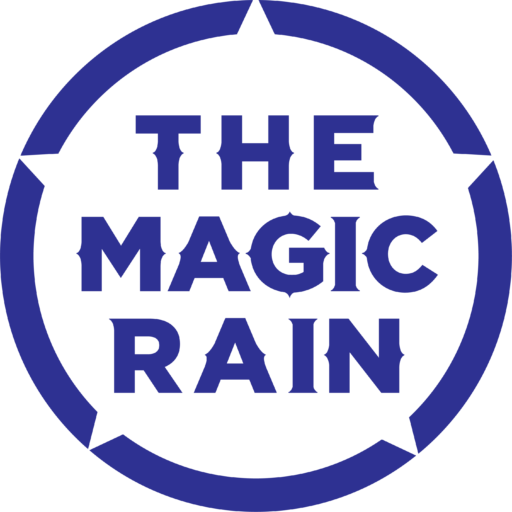

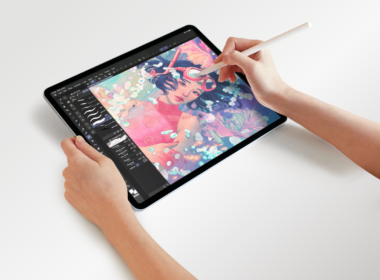
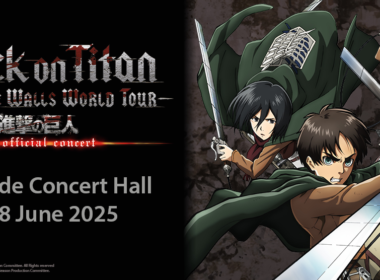
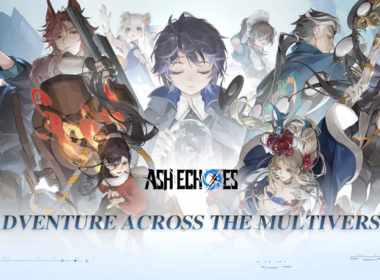
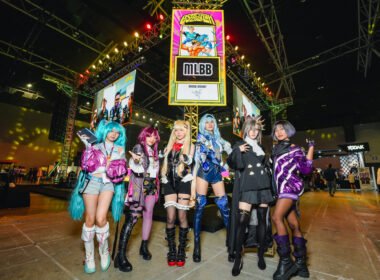
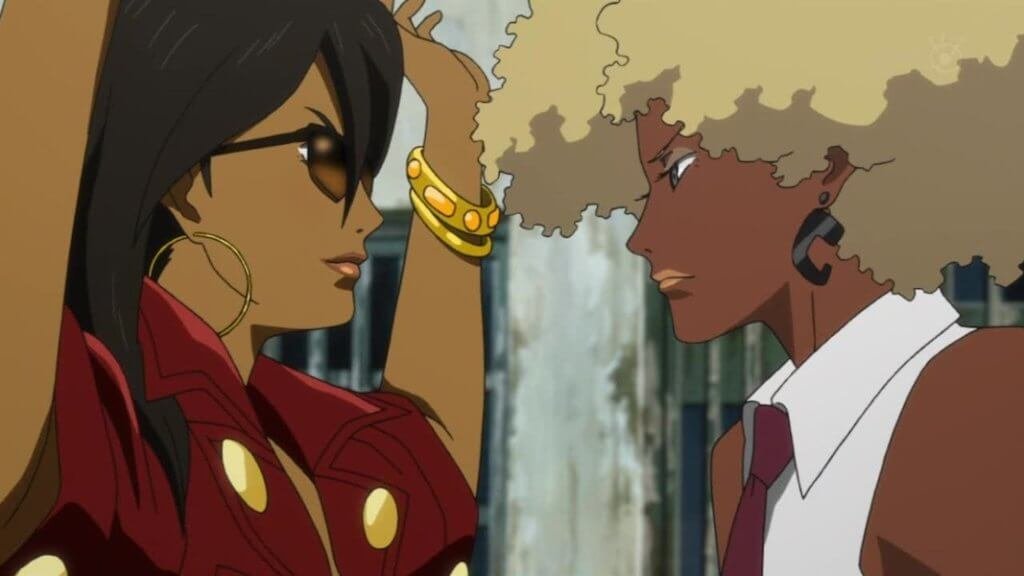
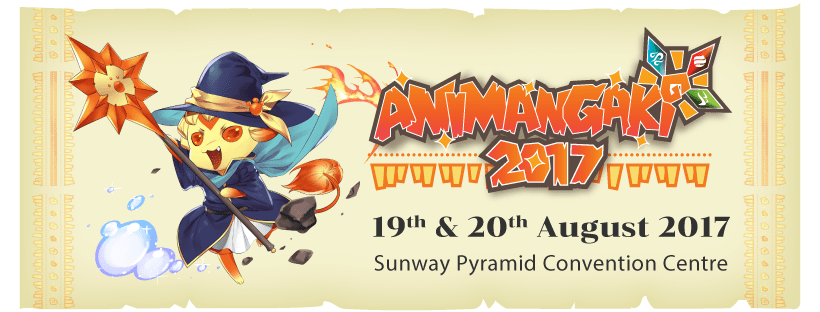




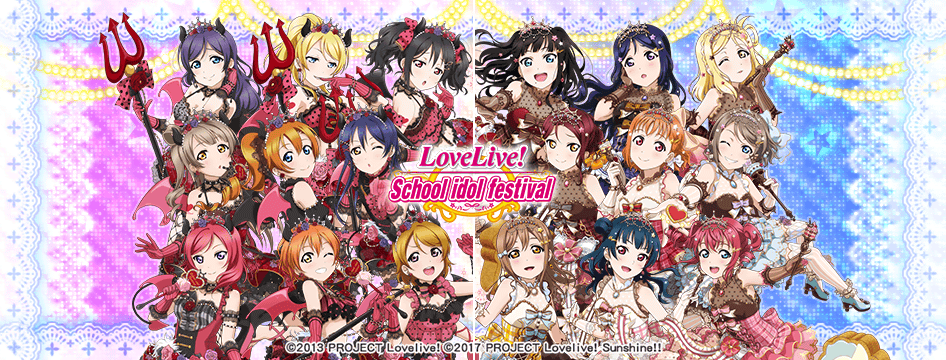
This article enlighten me, every statement you make is strong and instantly change my point of view about manga and manhwa and game, whatever you name it. Frankly to say i just read manga and manhwa in my spare time and by the time flies from junior high school until i entered university i see no significant development on them, i mean there are always main lead who have every dozen ability to dream and bunch of fans following them, yeah like you said. It makes me wonder, is this industry have manual guide or something? Or just the market is want it so? But then i found your article. Merci mon amie!!